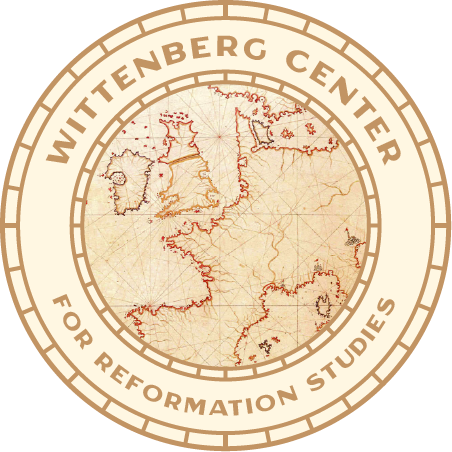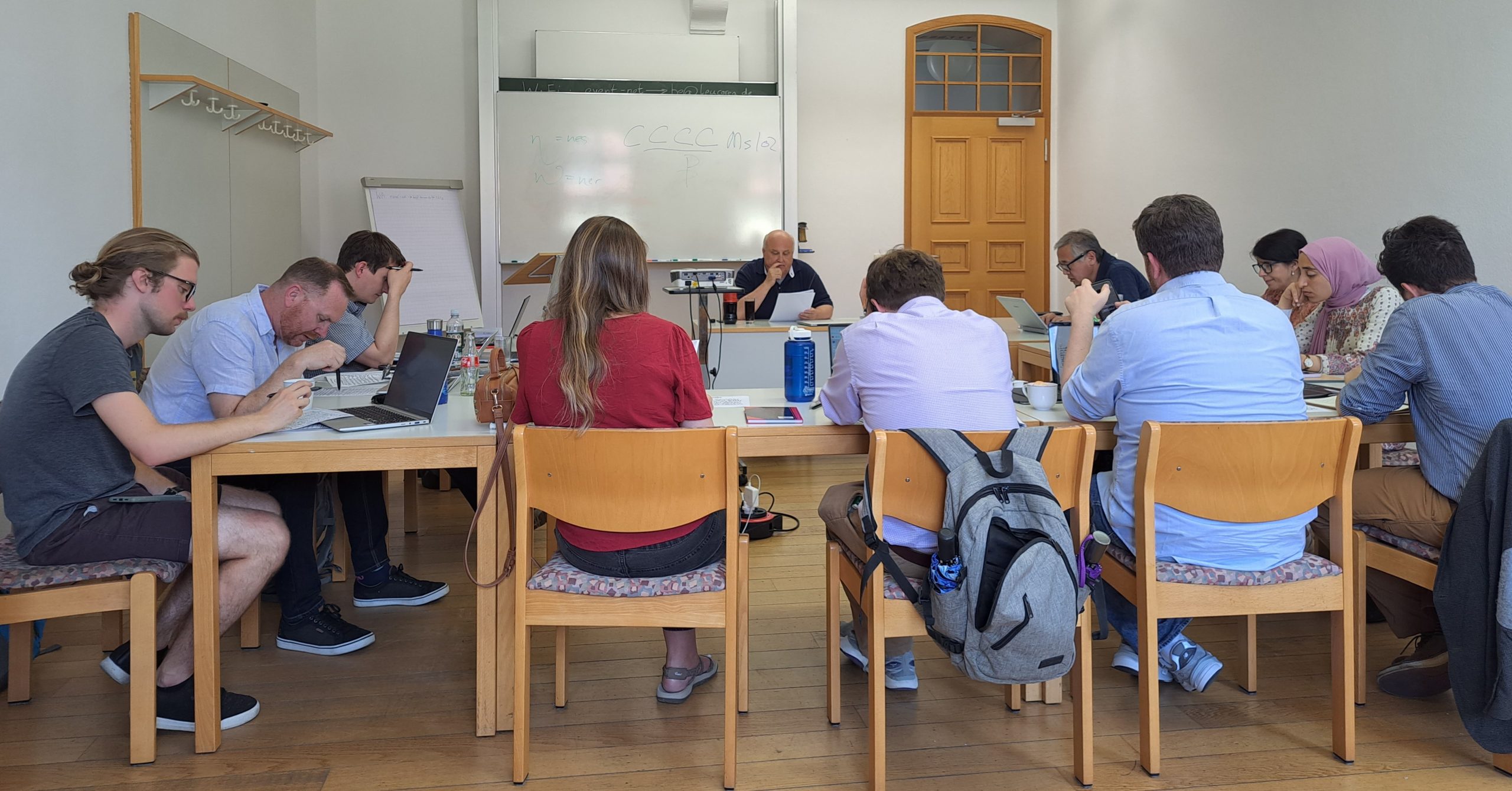On Sunday, July 2, ten participants from around the world arrived in Wittenberg for this year’s Summer Special Course of the Wittenberg Center for Reformation Studies. For two weeks, they receive an introduction to source studies and palaeography, with special emphasis on the 16th century. German, Latin, and English sources are covered in equal measure.
The first day included an introduction to the history of Latin writing. A handwritten manual for learning to write from Germany demonstrated the different forms of this Latin script. Of particular interest was the cursive handwriting found in most sources of the Reformation century. Excerpts from letters by Martin Luther and Philip Melanchthon were practiced. An overview of Wittenberg’s history from the Middle Ages to the present and a walking tour of the city concluded the day. In the following days, guided tours of the Luther and Melanchthon Houses were offered before the course work began.
On the second day, WCRS Director Dr. Ashley Null used an English-language autograph by Thomas Cranmer to demonstrate how manuscripts looked in 16th-century England.
The third day was a study day, during which the participants worked in the Reformation History Research Library.
On the fourth day, the group studied Articles 4 and 10 of the Augsburg Confession in a variety of sixteenth-century German and Latin manuscripts, which gave them insight into the diversity of Latin script styles between Gothic cursive, German Kurrentschrift, and humanist Antiqua. One student introduced the group to the manuscript sources he is working on for his doctoral dissertation, and together they transcribed part of a document on a Swiss witch trial.
On the fifth day, the group visited the Saxony-Anhalt State Archives in Dessau (Landesarchiv Sachsen-Anhalt). This state archive holds one of the largest collections of Luther’s autographs, assembled in the 16th century by Prince George III of Anhalt. The director of the archive, Dr. Hermann Kinne, presented the archive and gave an introduction to working in an archive. The participants learned how to research holdings in an archive, how to obtain further information, how to place orders, and how to work on site. The group then visited St. John’s Church, where three epitaphs by Lukas Cranach the Elder and the Younger for members of the Ascanian princely family can be seen, including the famous ‘Dessau Last Supper’. There was also a side trip to the Bauhaus.
The first week was rounded off with a free weekend.
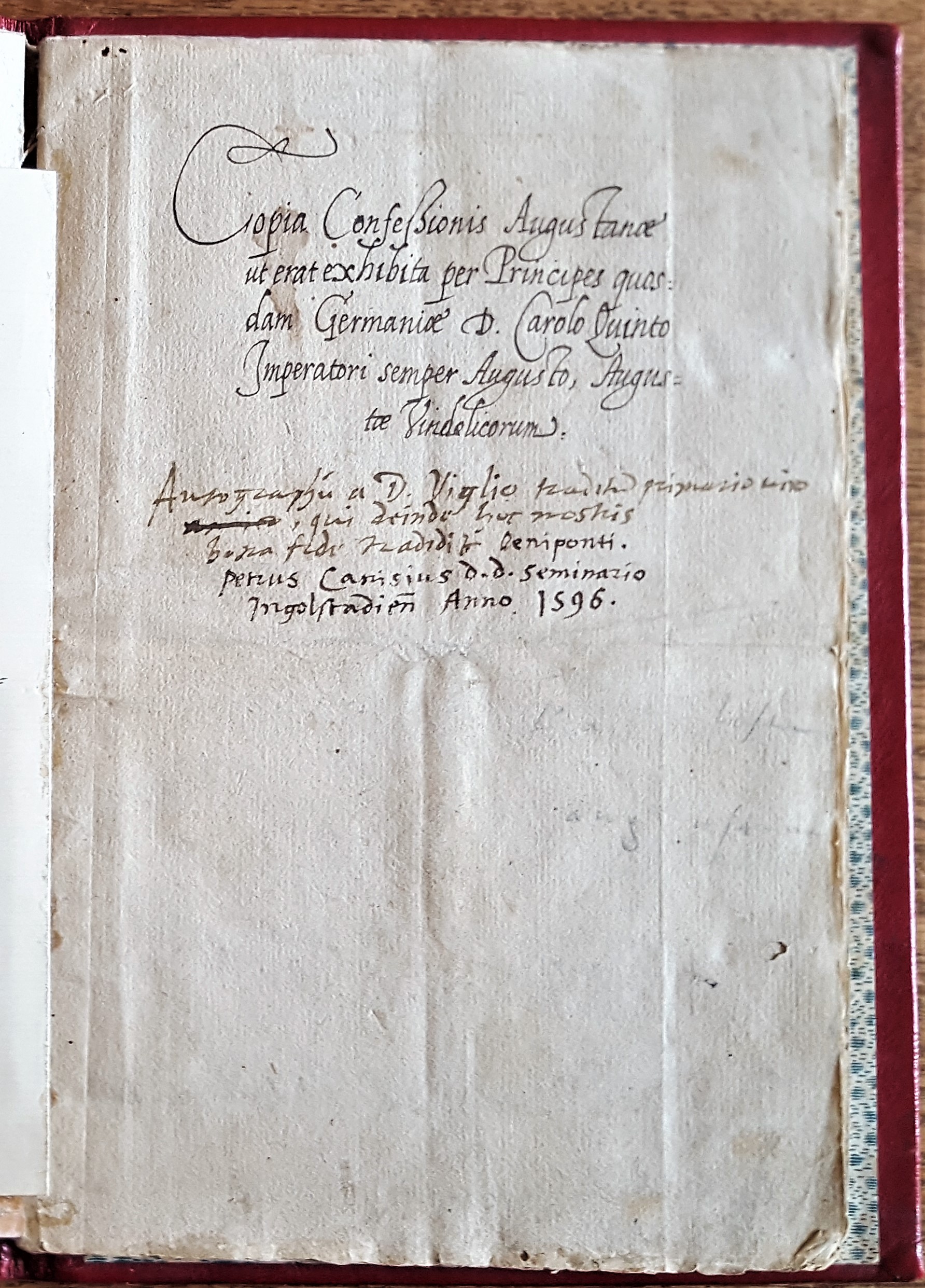
Manuscript of the Augsburg Confession once owned by Petrus Canisius and now preserved in the Bonifatiuskloster Hünfeld
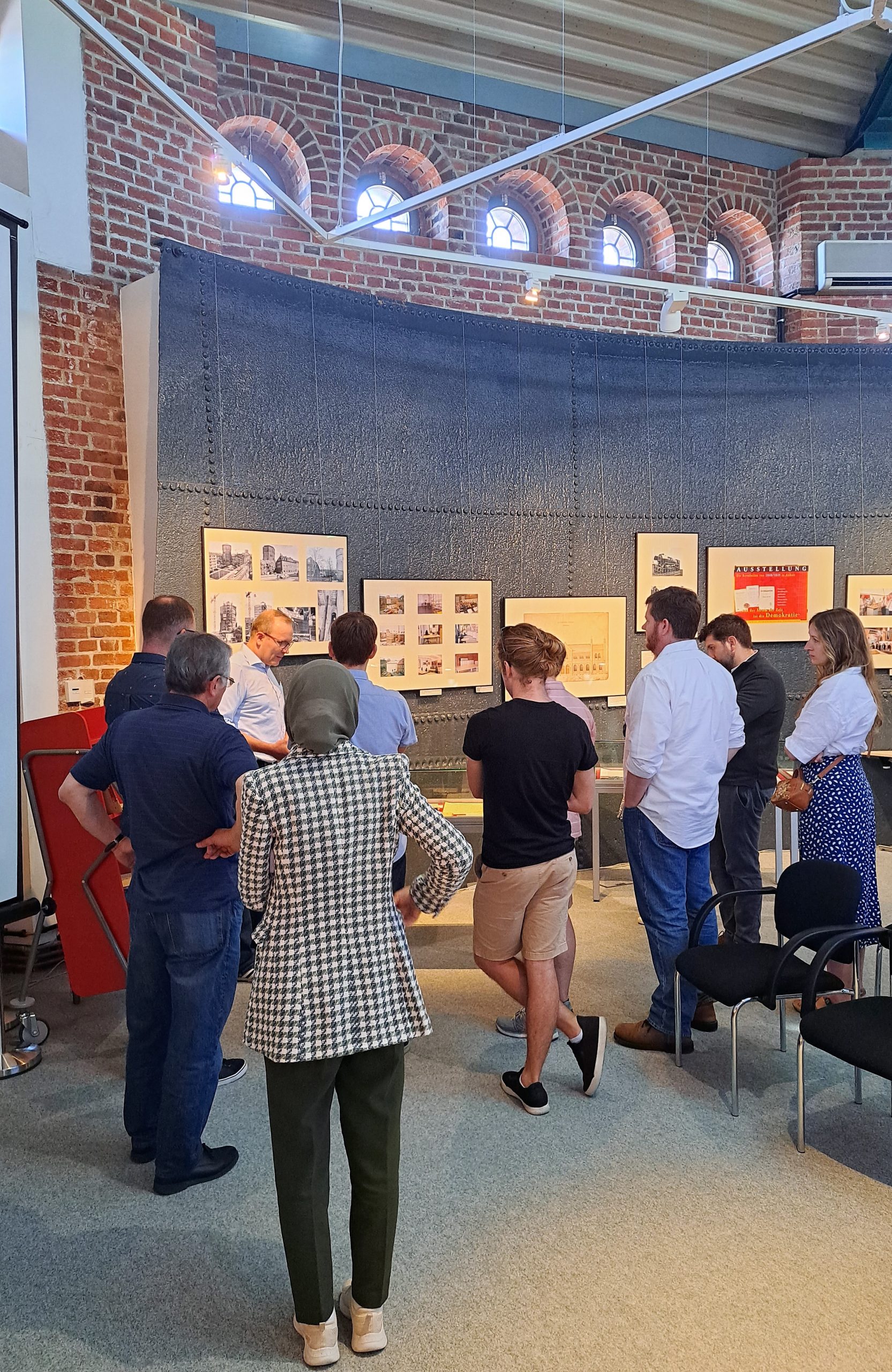
Guided tour through the State Archive of Dessau with Dr. Kinne
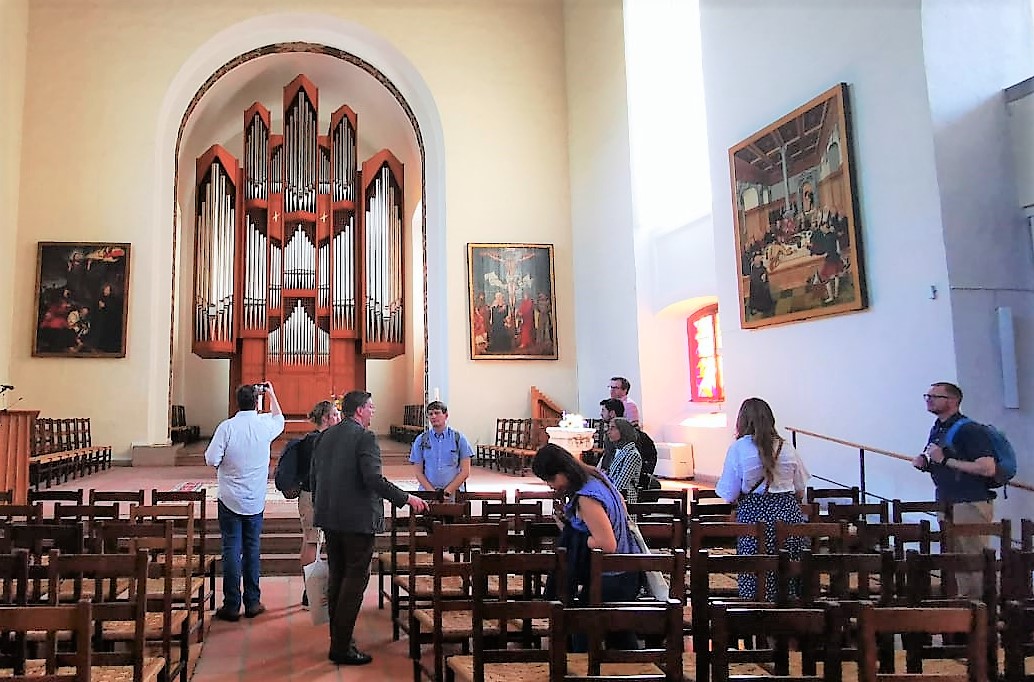
Dessau, St. John’s, Cranach epitaphs for the Ascanian family
